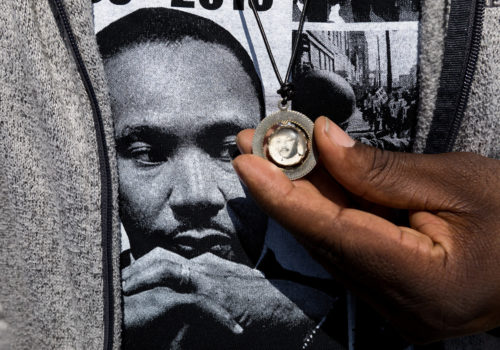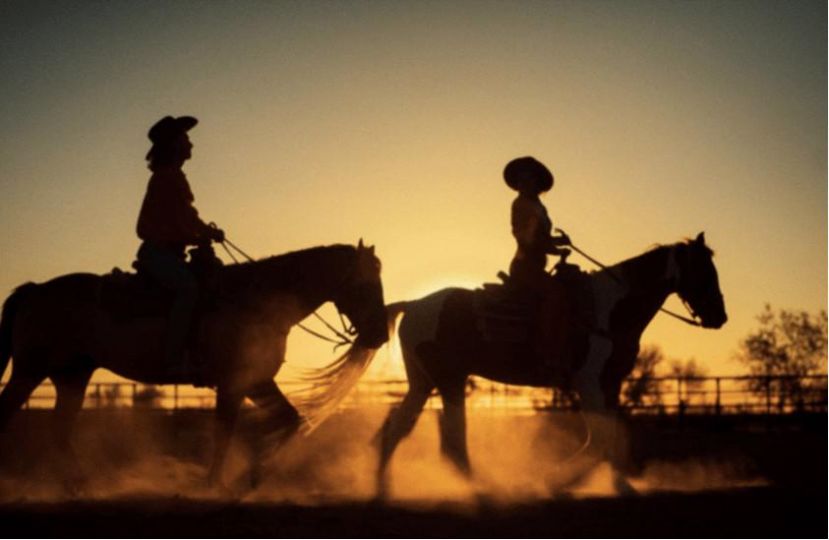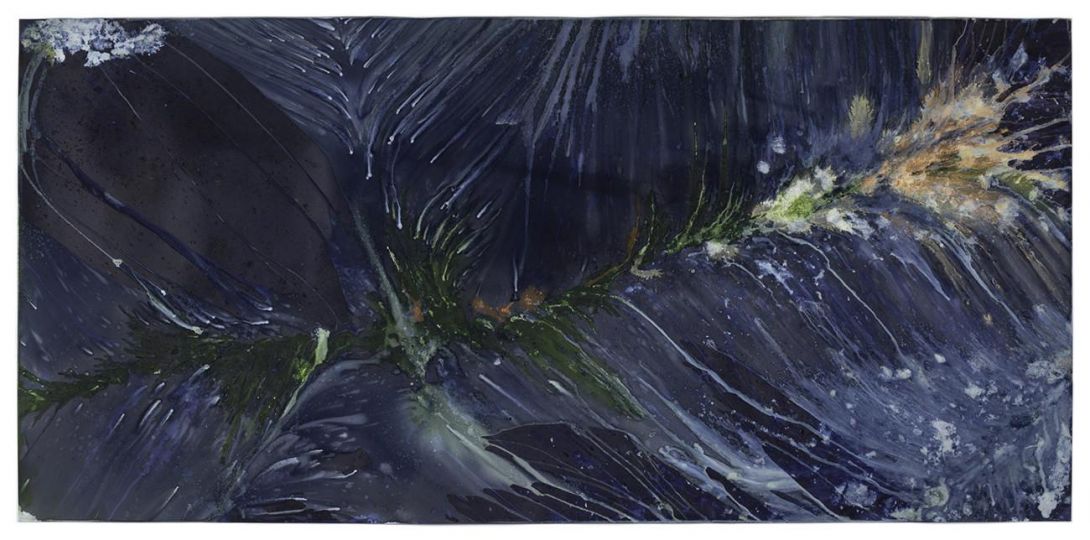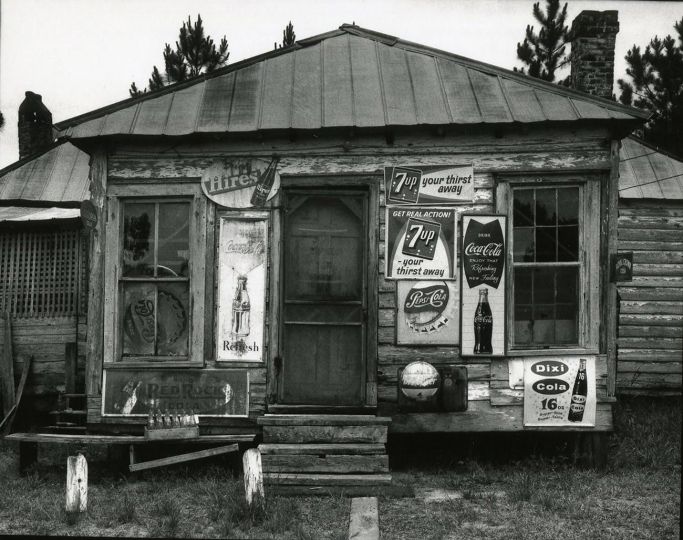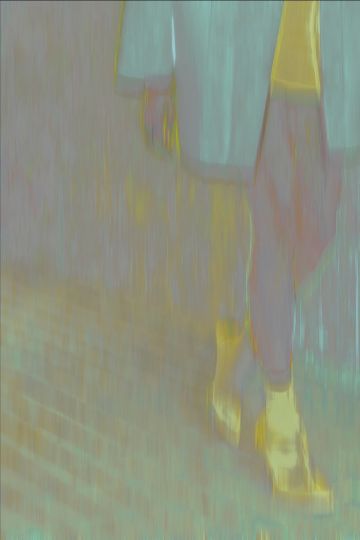The National Civil Rights Museum presents the fine art photography exhibition, Outside the Lorraine: A Photographic Journey to a Sacred Place featuring the work of David Katzenstein. The yearlong exhibition highlights the museum as mecca for peacemakers, a place of memory and connection during the museum’s 30th anniversary.
The collection of over 90 photos in Outside the Lorraine helps visitors identify with social issues by using fine art photography to connect to the historic place, Dr. King, movement makers, and one another. Viewers are invited to see the sparkle that lies within each print that shimmers, vibrates, and introduces people to a richer experience with fine art photography by making each piece relatable.
The National Civil Rights Museum welcomes thousands of visitors a year each carrying an identity influenced by self and society. They bring their assumptions about the Civil Rights Movement. The courtyard is the first place where they confront those assumptions and begin to reconcile them with an alternate perspective of history. A picture tells a thousand words.
As a sacred place, the plaza holds the weight of our shared mourning. As a portal, the plaza offers each visitor a pathway to greater self-knowledge and agency.
For fine art photographer David Katzenstein, photography is an act of discovery and a demonstration of joy. He has traveled extensively throughout the world creating narrative imagery for fine art exhibitions, global corporate giants and philanthropic organizations. Steeped in the tradition established by documentary and reportage photographers such as Cartier-Bresson and Josef Koudelka, he imbues all his work with emotional engagement and a deep respect for humanity. Spontaneous, authentic, and bold, his lens captures the essence of each moment providing the viewer with an intimate view of the world around us.
- Outside the Lorrainehelps to redefine assumptions about history and identity within the legacy of Dr. King and the Movement. The knowledge guests have before they arrive and how they come out of the experience is subject to change, whether new or different than before.
- The collection is accessible. It steers viewers toward pride, empowerment, and joy in coming together. In some ways, the photography is up close and personal. The work draws a direct line for viewers to personally identify with what was then and what is now.
- The exhibition expands education, demonstrating that where a person learns impacts how they learn. Seeing oneself in the photographs helps people identify, connect, and remember on a deeper level. No matter how much one already knows about the Movement, each person is enlightened with a fuller, more personal, account when they leave.
- The exhibition describes communityas people traveling from all over the world with different reasons for coming to the site to share fundamental beliefs of the Movement and what is experienced with today’s civil and human rights issues. There is a layering of families, travelers, students, and educators coming together, strangers and friends taking selfies of themselves, while commemorating their experiences in the moment. The exhibition highlights the diverse audience the museum attracts.
- The land or historic locationis a central theme in the photographs. There is a visceral reaction detected in the photo subjects as they commune in a space that once served as a safe haven for Black travelers during segregation and now converted into a site of conscience serving as a legacy of memory, a beacon of hope, and a call to action for social change.
- The photographs commemoratethe legacy of Dr. King in shared moments of remembrance, deep mourning, celebration, and exchange, especially during the MLK50 commemoration in 2018. The captured moments in time weave connections that speak to emotion, impact, and transformation.
Outside the Lorraine : David Katzenstein : A Photographic Journey to a Sacred Place
April 10, 2021 – April 4, 2022
The National Civil Rights Museum
450 Mulberry St, Memphis, TN 38103
https://www.civilrightsmuseum.org/

